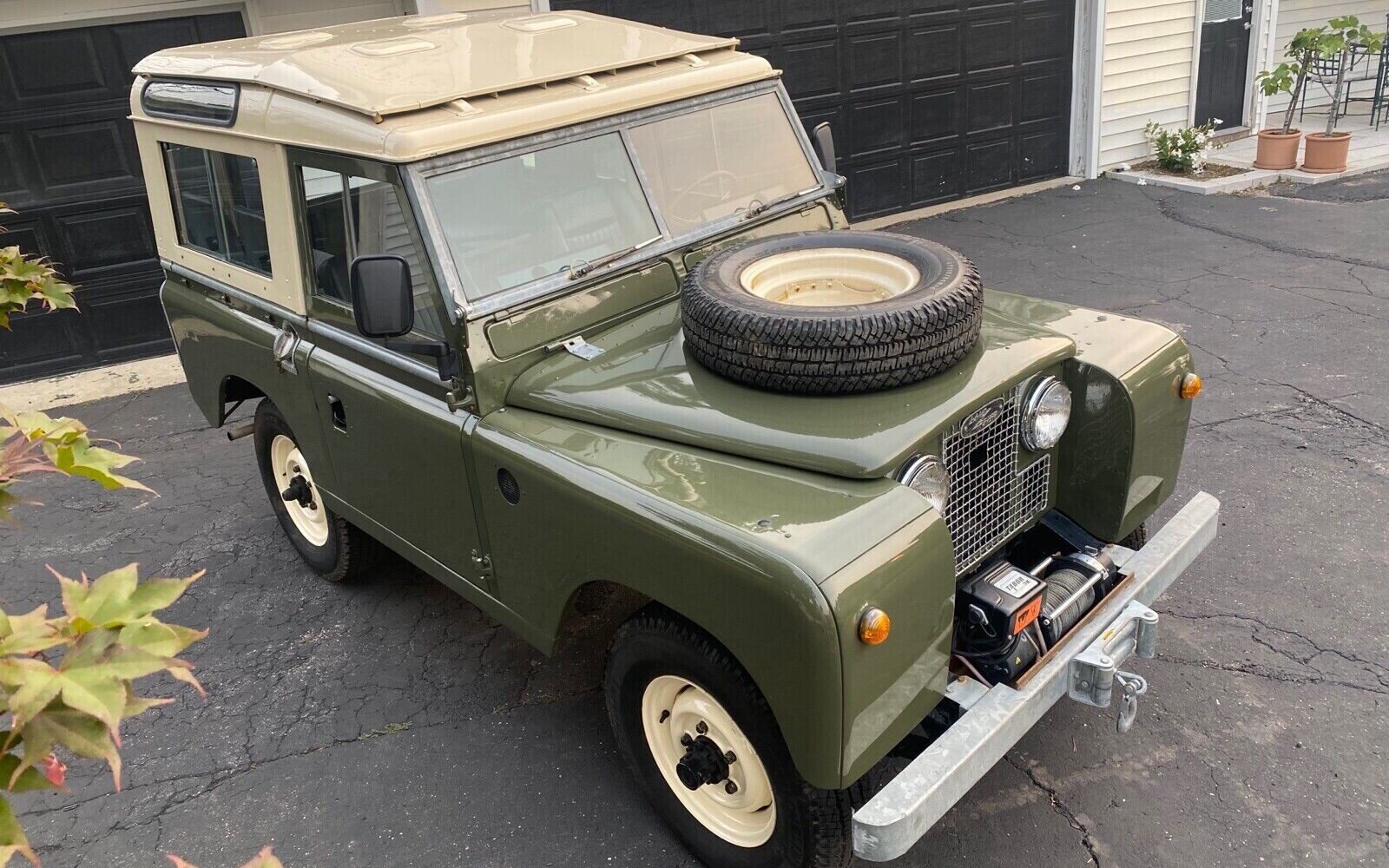Packard
Member
Before the invention of air conditioning, many tricks were used to defeat the heat. Many of those tricks are long-lost because A.C. Has been in public buildings since 1950 - 1960. In residential homes a few years later.
I am listing a few, prompted by the current heat wave (expected to last 8 - 10 days, and exceptionally long time for a heat wave in our area.
Other techniques to try (or not to try) are invited.
O.K., first lost technique: Painting roofs with white wash. This had to be done yearly just as summer approached. The white reflected the heat and kept the building cooler. Rain and general wear, would wash away the white wash, so that it would go back to absorbing heat in the winter.
Lost technique #2. It works, but a mixed blessing. They would place sprinklers on the roof and they would set the water pressure so that the water evaporated just as it hit the surface of the roof. There would be no puddling.
And here is the mixed part of that blessing: It would cause condensation on the ceiling of the building so, even if it did not “rain” on the occupants, it would cause the Timbers to rot or the steel beams to rust.
Cold water on a hot day: I had a course woven water bag. When you first filled it, it would leak like crazy. About 10 minutes later all the fibers had swollen and it was “waterproof” again. It cooled by evaporation. If you slung it outside of your car, it would feel ice cold when you drank it. Only fairly cool otherwise.
The bit about the almost wet roof, my dad told me about. I never saw it myself.
The white washed roof I read about in a Farmers’ Almanac compilation.
There are listings online for the water bags.

Land Rover used to offer a “Tropic Roof for their trucks. This was a second skin over the first with about a 2” spacing between the roofs. If you sat in the sun, the air beneath the top skin would super heat, and flow out the sides and effectively you were sitting in the shade.
A Land Rover with a tropic roof:

And this I just read about (a play on the white-washed roof). Scientists have developed a white paint that reflects 98.1% of all light hitting it. (Most white paints reflect 80 to 90 percent.) It presumably will last longer than white wash.
https://grist.org/buildings/scientists-look-for-the-holy-grail-the-whitest-paint-ever/
I am listing a few, prompted by the current heat wave (expected to last 8 - 10 days, and exceptionally long time for a heat wave in our area.
Other techniques to try (or not to try) are invited.
O.K., first lost technique: Painting roofs with white wash. This had to be done yearly just as summer approached. The white reflected the heat and kept the building cooler. Rain and general wear, would wash away the white wash, so that it would go back to absorbing heat in the winter.
Lost technique #2. It works, but a mixed blessing. They would place sprinklers on the roof and they would set the water pressure so that the water evaporated just as it hit the surface of the roof. There would be no puddling.
And here is the mixed part of that blessing: It would cause condensation on the ceiling of the building so, even if it did not “rain” on the occupants, it would cause the Timbers to rot or the steel beams to rust.
Cold water on a hot day: I had a course woven water bag. When you first filled it, it would leak like crazy. About 10 minutes later all the fibers had swollen and it was “waterproof” again. It cooled by evaporation. If you slung it outside of your car, it would feel ice cold when you drank it. Only fairly cool otherwise.
The bit about the almost wet roof, my dad told me about. I never saw it myself.
The white washed roof I read about in a Farmers’ Almanac compilation.
There are listings online for the water bags.
Land Rover used to offer a “Tropic Roof for their trucks. This was a second skin over the first with about a 2” spacing between the roofs. If you sat in the sun, the air beneath the top skin would super heat, and flow out the sides and effectively you were sitting in the shade.
A Land Rover with a tropic roof:

And this I just read about (a play on the white-washed roof). Scientists have developed a white paint that reflects 98.1% of all light hitting it. (Most white paints reflect 80 to 90 percent.) It presumably will last longer than white wash.
https://grist.org/buildings/scientists-look-for-the-holy-grail-the-whitest-paint-ever/
